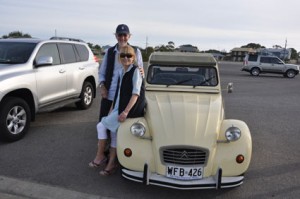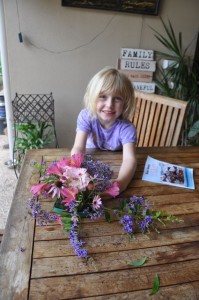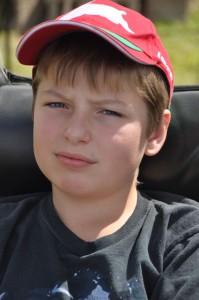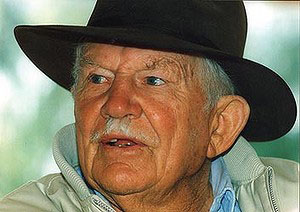I’m a cool, cute, cream-colored Citroen
It’s a good thing these builders are sociable blokes. Not only are they doing an excellent job restoring our ‘white room’ and building a French-style fireplace for us, but they have invited me to join them for their short lunch breaks because I work from home. During one such break, we got talking about the popularity of all things French (even though Rolf and Bill are of German heritage), and the conversation revealed that Bill owned a Citroen 2CV.
My wife Ruth has always had a soft spot for these iconic “people’s cars’’ so Bill made arrangements to drive the 2CV to our place on Ruth’s day off work. It was a secret and she knew nothing in advance. Her shriek of surprise when she saw it parked in the driveway that Tuesday morning was no surprise to me, but it amused Bill and Rolf. Soon she was swooning on a drive around the back roads of Oakbank, and when she returned, she made Bill promise to give us first option if he ever decided to sell it. His classic car was beautifully restored – the result of a 12-year love affair during which Bill had lavished many hours on returning the car to its former glory.
Fast forward three months and guess what? We are now the owners of that, cute, cream coloured, 600cc air-cooled engined ‘fun car’, an early retirement present. These iconic cars rarely come up for sale, and we knew if we wanted one it was now or never.
In the two months since we’ve owned it, Ruth hasn’t had time to master the unusual gears (the gear stick protrudes from the dashboard), so I’m the unofficial chauffeur, a role I relish. I had forgotten how much fun it used to be ‘going for a drive’. Unlike our other, boring, modern cars, when we take ‘Lily’ out for a run it’s a special occasion. People wave at us as we rattle past, enjoying the ride, floating over the bumps.
The car was originally designed in the 1930s to encourage French farmers to switch from horse transport to mechanised transport, and one of the design requirements was that it could be driven over a ploughed field with a basket of eggs in the back, without breaking any eggs! Consequently, the ride is delightfully ‘floaty’.
The car never made it into production before the war. The prototypes were destroyed or hidden so that the occupying Germans couldn’t discover and use the advanced technology (surprising but true. The design pioneered many automotive innovations later adopted by other manufacturers). Production got under way in 1948 and continued until 1990, by which time 8,830,679 2CVs and variants such as the Dyane has been built. And during all those years, the body style hardly changed – when you’re on a good thing stick with it.
There aren’t many of these little beauties in Australia, so if you see a cream one on the road, give it a wave and a beep – it’s probably us smiling away behind the flat windscreen!
Graham and Ruth Bettany, Oakbank







